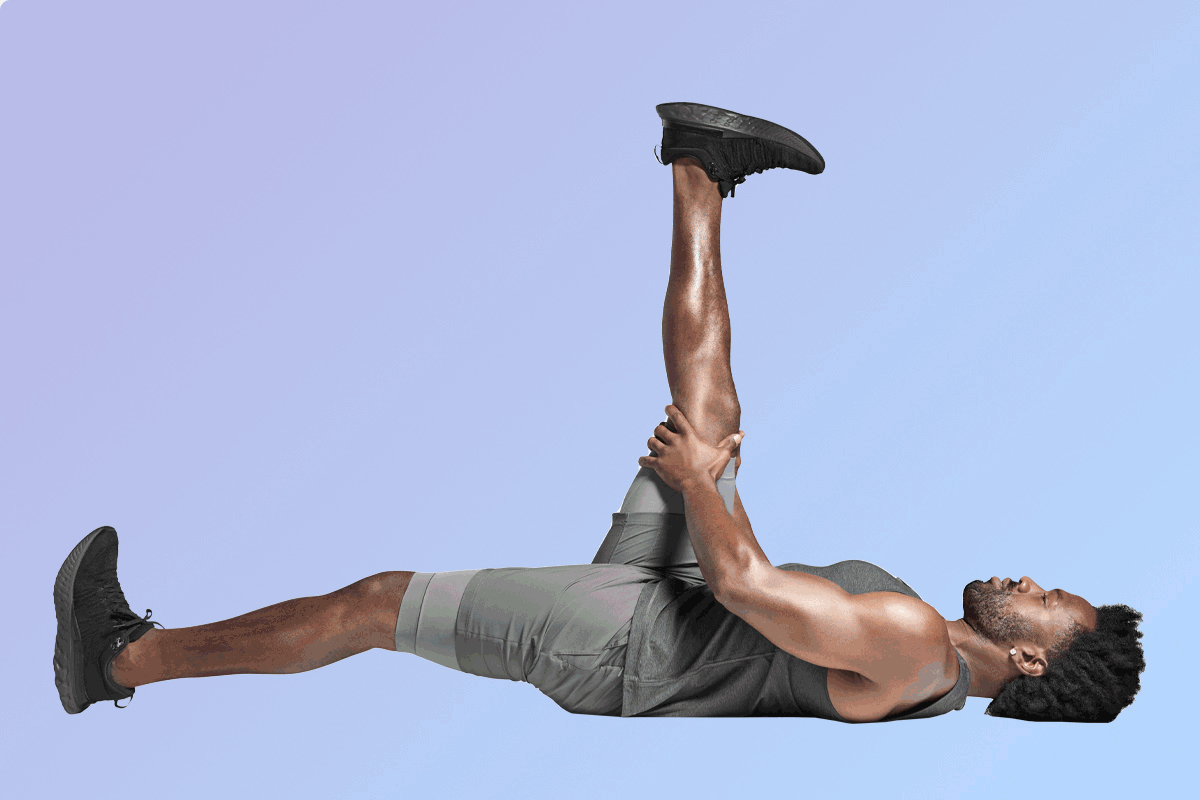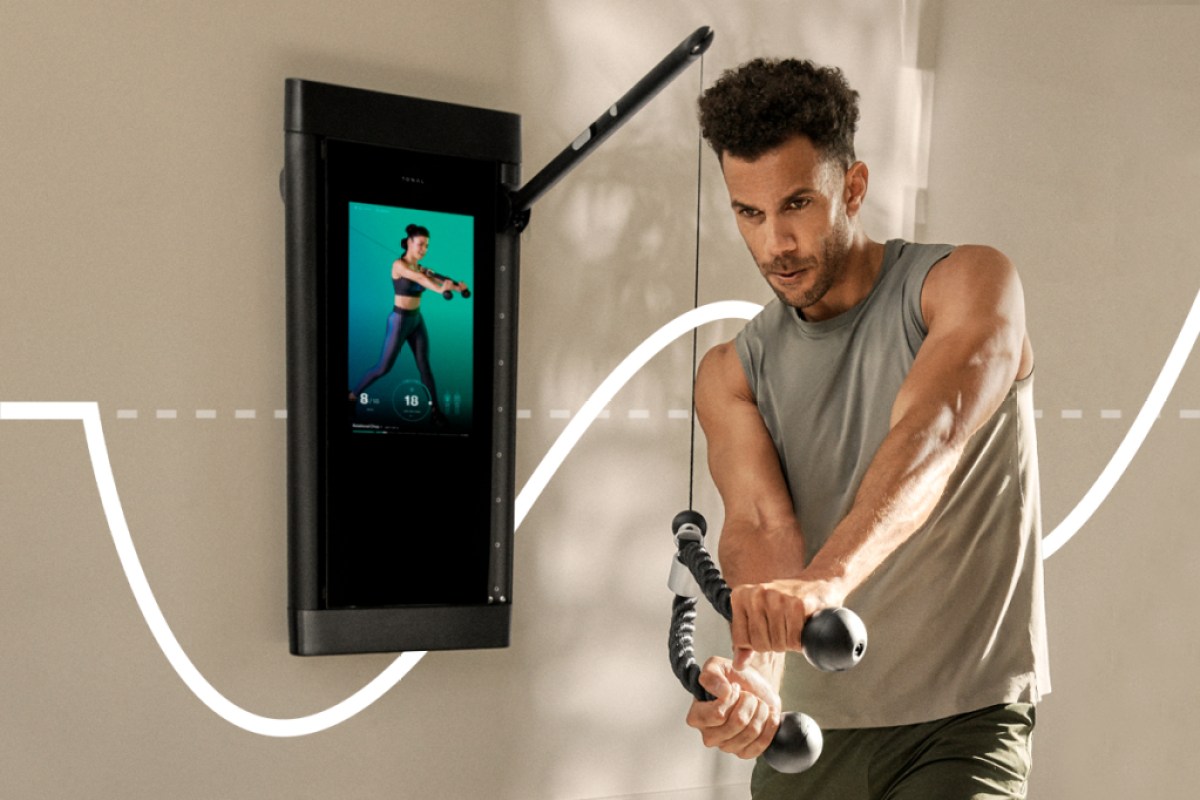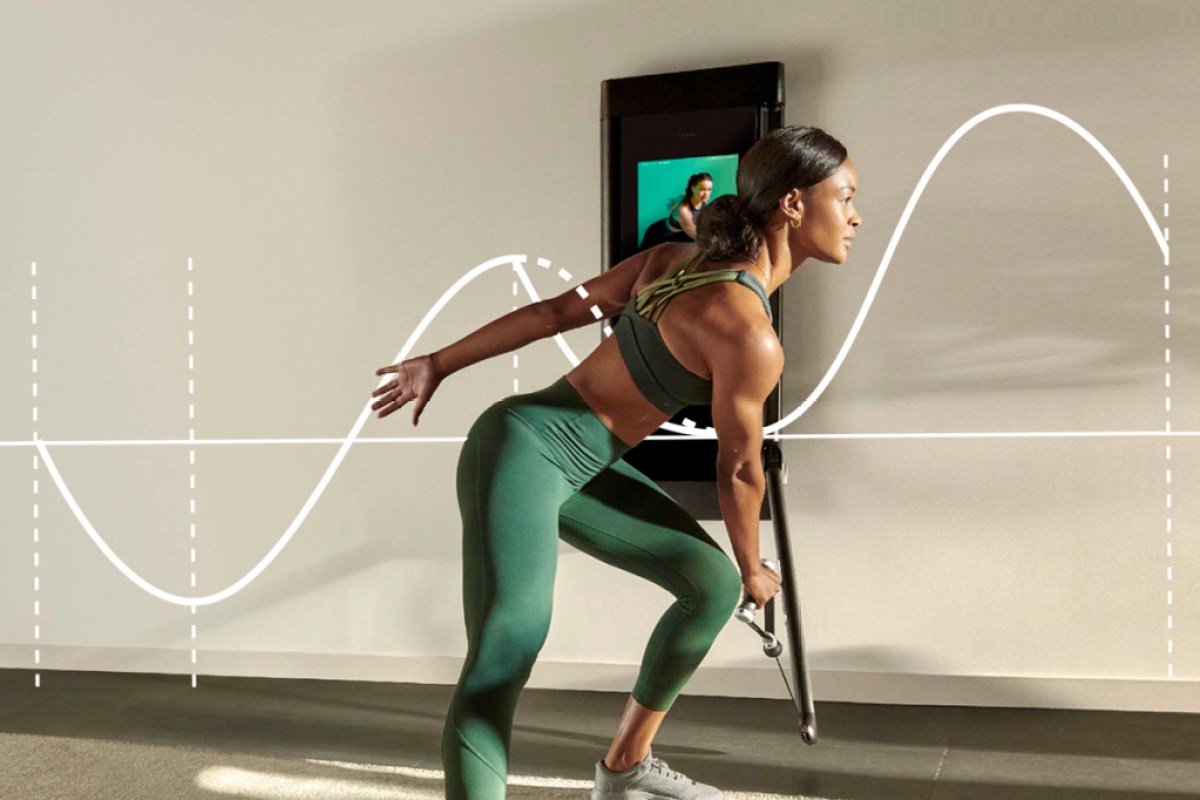Here’s how to tell when to push and when to recover.

You know when you’re crushing a workout and when you’re just getting the work done. If you’re swept up in making new strength gains or feeling obligated to stick to your scheduled exercise program, you might be missing the signs that you need to scale back.
You can track these signs of underlying fatigue through something called readiness–your body’s ability to tackle a workout with your best effort, says Christian Hartford, Program Manager of Applied Sports Science at Tonal. Monitoring your body’s readiness is a tactic that will keep you healthy and help you avoid dropping your commitment or consistency.
Here, Hartford and other performance experts weigh in on why monitoring readiness is important, how to track it, and what you can do when you’re not feeling 100 percent.
Why is Readiness Important?
The goal of monitoring your readiness is to help you navigate when you’re physically or mentally at 100 percent, when you’re not, and how to adjust your workouts accordingly.
“Readiness is a snapshot encompassing the accumulation of all of your workouts and your overall wellness, including sleep, mood, and stress, to understand if you can work at full capacity,” explains Hartford. Everything going on in your daily life impacts your ability to show up to each workout ready to perform.
Stress, no matter if it’s from your workouts or your personal life, impacts the entire body, adds Bryan Mann, PhD, strength and conditioning expert and assistant professor at University of Miami. “When you’re going through extremely stressful periods of your life, it’s not going to be the best time to really push it from a physical performance standpoint.”
Think about it this way: if you’re stressed out from work, you didn’t sleep well, and you’re considering adding more stress with a high-intensity workout, you may be setting yourself up for burnout. The ability to change the goal of your workout or adjust your routine based on your highs and your lows, however, can keep you from compounding stressors and ending up sidelined with illness or an injury.
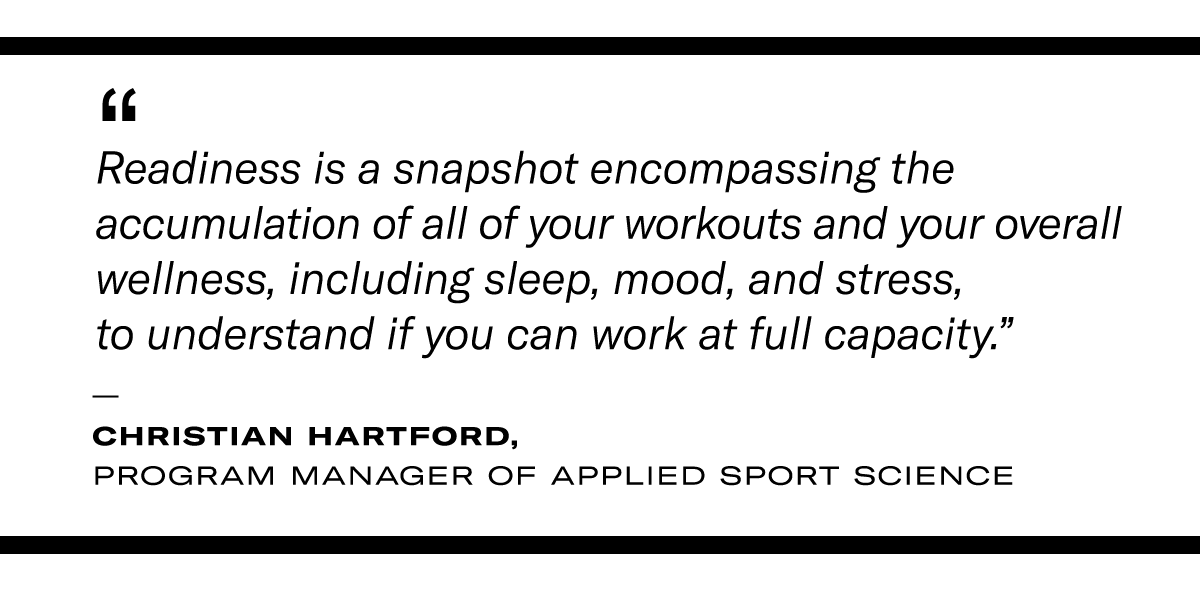
How Do You Know If You’re Ready or Not?
In strength and conditioning, readiness is measured through two factors: external and internal load. “External load is the demand that is placed upon the body, and internal load is the body’s response to that external load,” Mann says.
In strength training, external load is measured in volume–how much weight you’ve lifted across all of your sets and reps. You want some external load because that is the stimulus for performance enhancement, but too much can wreak havoc on your internal load.
Monitoring External Load
Most external loads are objective numbers: the amount of weight you lift, the number of miles you run, or the hours of golf you play. External load in sport is monitored all the time (think: the pitch count in a baseball game or the total mileage a soccer player has run when they’re taken off the pitch). The reason why athletes and their performance coaches keep tabs on external load is, in part, because research shows excessive external load is linked to higher risk of injury, illness, and overtraining.
Tonal tracks your workout volume, displaying it throughout a week so you are to keep track of your weekly load on your homescreen or in the Tonal app. Coach-led programs are designed to alternate muscle groups or allow for proper recovery time throughout the week. You can also see what muscles are fresh and which are fatigued in the workout tab on your trainer.
Monitoring Internal Load
While measuring external load is objective, tracking internal load is both objective and subjective. Heart rate and heart rate variability (HRV) are two concrete ways to measure internal load. At rest, if your heart rate is significantly higher or HRV os significantly lower than normal (compared to average readings over a week or a month), that may indicate a higher load. For example, if your resting heart rate is 65 beats per minute and over a month it normally fluctuates about 10 beats up or down, if your resting heart rate is up 15 or 20 beats, that goes beyond the normal threshold. The same logic applies within your workout, if you find your heart rate is higher than normal, you may not be ready to exercise at full capacity.
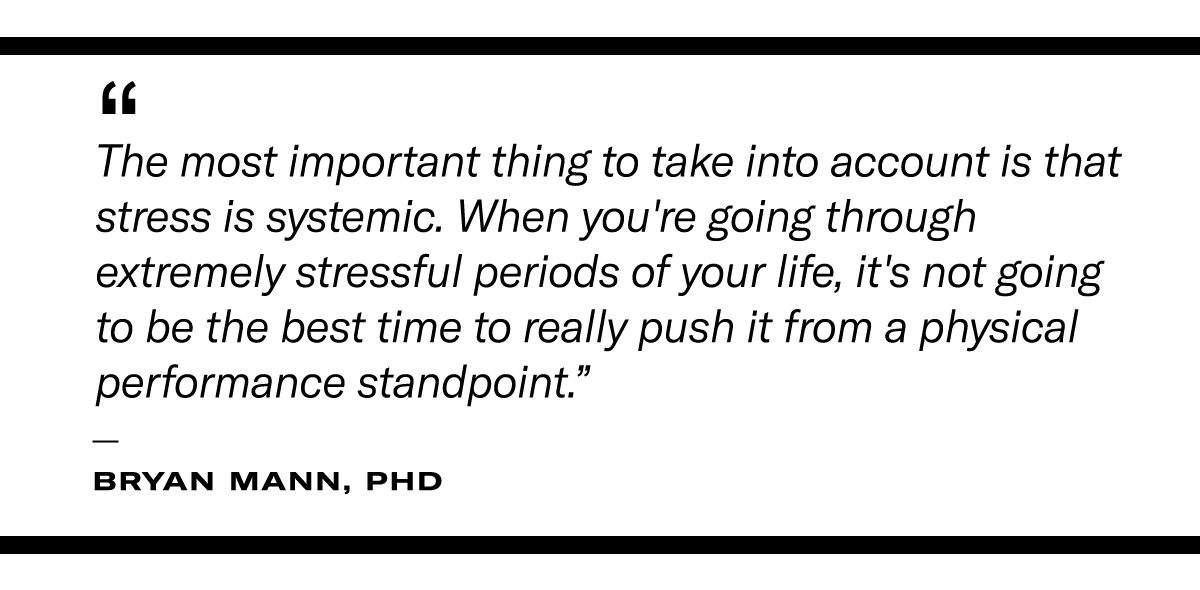
The subjective measures of internal load are where you become your own advocate in your training. Numbers cannot tell you how you feel; only you can define your stress levels, how well you slept, how hard the workout felt in comparison to others, or how your mood is affecting your energy. All of these are validated measures in research for internal load.
Hartford explains that an easy way to measure internal load on Tonal is rating how hard a workout feels (something called rating of perceived exertion or RPE). “If you’re in a 4-week program, you may rate a workout a six out of 10 for difficulty one week, but rate the same workout a nine or 10 another week. That’s totally subjective and can be a sign of internal fatigue.”
How Do You Know When You Need To Rest?
If you’re wondering whether you should skip your workout when your readiness is low, the answer is probably not. “We know that stressful periods in our life are not the times to stop training,” Mann says. He recommends shifting to lighter loads and higher repetitions in your strength workouts and including more mobility work.
Hartford agrees saying active recovery is particularly useful within your strength training program, recommending lighter workouts like yoga, bodyweight flows, or something that feels good to you.
And if you’re debating on whether you should skip the workout all together, Hartford notes that exercise can be a great stress reliever. “Some sort of activity is usually going to help you feel a little bit better,” he says.
Of course there are times when complete rest is warranted. When you’re battling a cold or flu or you have a pain that may be an injury in the works, consult with your doctor on the best plan to resume or return to your workouts. “Then when you are feeling ready and fresh,” says Hartford, ”get back to crushing your workout.”
The information provided in this article is for educational and informational purposes only. Individuals with pre-existing health conditions, injuries, or concerns should consult with their healthcare provider before trying a new exercise or nutrition regimen.
